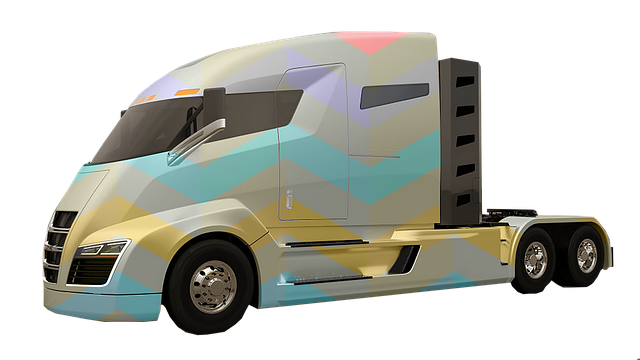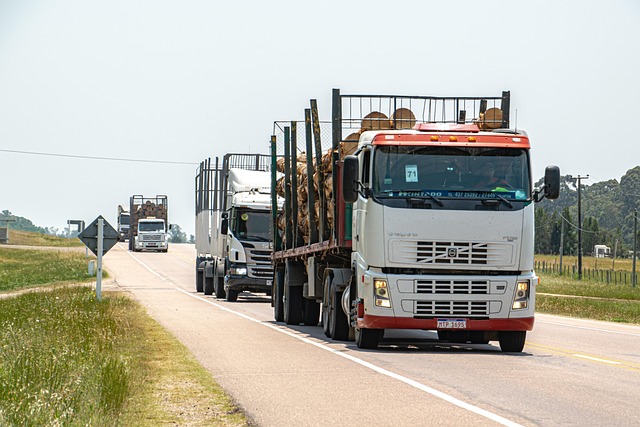Looking to register your car in California? This comprehensive guide breaks down the process step-by-step, ensuring a smooth experience. From understanding the Vehicle Identification Number (VIN) and gathering essential documents to choosing the right registration type and completing the application, we’ve got you covered. Learn how to verify your VIN and navigate the necessary procedures quickly and efficiently.
- Understanding the Vehicle Identification Number (VIN)
- Gathering Necessary Documents for Car Registration
- Choosing an Appropriate Registration Type in California
- Completing the California Car Registration Application
- Submitting and Paying for Your Car Registration
Understanding the Vehicle Identification Number (VIN)

Every vehicle in California has a unique identifier called the Vehicle Identification Number (VIN). This 17-character code is like a fingerprint for your car, and it’s crucial for registering your vehicle smoothly. When you’re getting ready to register, make sure you have your VIN readily available. It can typically be found on the vehicle’s registration papers, or you can check the driver’s side door post or the engine bay for a sticker displaying this number.
Understanding your VIN is key during the registration process, especially when utilizing services like mobile VIN inspection or a mobile VIN verifier. These tools allow you to verify important details about your car, such as its make, model, year, and even history of ownership, ensuring that all the information provided during registration is accurate.
Gathering Necessary Documents for Car Registration

Before registering your car in California, you’ll need to gather several essential documents and conduct a crucial step: VIN (Vehicle Identification Number) verification. Start by obtaining your vehicle’s registration certificate from the previous state or country of ownership. This document is vital for proving legal ownership. Additionally, prepare your driver’s license or ID card, proof of insurance, and a valid California driver’s license if applicable.
For added convenience and efficiency, consider using a mobile VIN verification service. This innovative option allows you to complete the initial verification process on-the-go, ensuring a smoother registration experience. Alternatively, you can opt for a traditional vin inspection at a designated location. Whichever method you choose, having these documents ready will significantly streamline the car registration process in California.
Choosing an Appropriate Registration Type in California

When registering a car in California, understanding the different registration types is key to a smooth process. The Golden State offers various options catering to diverse vehicle needs and circumstances. For instance, if you’re a first-time registrant or transferring a license plate from another state, the “New to California” category might be suitable. This path often involves providing proof of identity, residency, and ownership through documents like a title or lease agreement.
Additionally, California provides specialized registration types such as “Classic Car” or “Custom Vehicle,” ideal for vintage or custom-built automobiles. These options may have specific requirements, including historical vehicle registration forms and sometimes even a vin inspection or mobile vin verification to confirm the vehicle’s identity through its unique VIN (Vehicle Identification Number).
Completing the California Car Registration Application

To register your car in California, you’ll need to complete and submit the California Car Registration Application, also known as Form DV-140. This form requires detailed information about your vehicle, including its make, model, year, and unique Vehicle Identification Number (VIN). Ensure all details are accurate for a seamless registration process.
One efficient way to verify your VIN is by utilizing a mobile vin inspection or mobile vin verification service. These services send a technician to your location to cross-check the VIN with official records, eliminating any potential errors. This step is crucial as an incorrect VIN can delay or even prevent registration. So, consider opting for a mobile vin verifier for added convenience and precision.
Submitting and Paying for Your Car Registration

After gathering all the necessary documents and ensuring your vehicle meets California’s requirements, it’s time to submit your application. You can do this online through the DMV website or by visiting a local California DMV office. Both options require submitting the completed registration form, along with proof of insurance, a valid driver’s license, and the $50 registration fee.
If you opt for a mobile vin inspection or use a mobile vin verifier, it can streamline this process significantly. These services allow you to verify your vehicle’s history and complete necessary paperwork from the comfort of your home. This not only saves time but also helps ensure accuracy by reducing human error during document submission. Once all requirements are met and payment is processed, you’ll receive your registration certificate in the mail within a few weeks.
Registering a car in California involves several straightforward steps, from understanding your Vehicle Identification Number (VIN) using a VIN verifier to gathering essential documents. By choosing the right registration type and completing the application diligently, you can ensure a smooth process. Submitting the required forms along with the necessary fees will finalize your vehicle’s registration, making it legal to drive on California roads.
